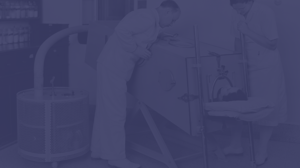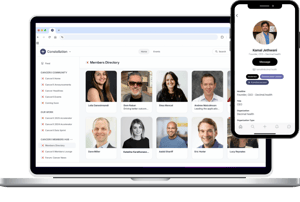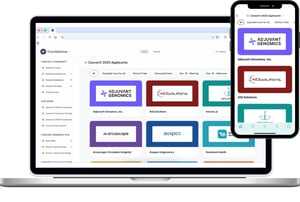
The Evolution of Care at Home From the 1930s to Today
The concept of delivering healthcare in patients' homes is not new. In fact, in the 1930s, approximately 40% of healthcare services were delivered in patients' homes. However, this practice declined significantly as hospital-based care became the standard model, primarily due to limitations in scalability and inadequate reimbursement structures.
Fast forward to 2020, and the COVID-19 pandemic created an urgent need for alternatives to traditional facility-based care. This catalyst revitalized the Care at Home (CaH) model, leading to the implementation of the Acute Hospital Care at Home (ACAH) initiative. By April 2024, this program had expanded dramatically, with over 320 hospitals across 133 health systems in 37 states offering such services.
What Makes Modern CaH Different?
What distinguishes today's Care at Home models from historical house calls is the integration of technology and standardized protocols that ensure consistent, high-quality care. Remote patient monitoring devices collect vital signs and biometric data, which are transmitted to healthcare providers for real-time analysis. This continuous flow of information allows for proactive interventions, creating a dynamic care environment that can respond rapidly to changes in patient status.
The modern CaH model also incorporates a blend of in-person visits, telehealth consultations, and remote monitoring. Services can range from diagnostic studies to complex treatments including intravenous medications and oxygen therapy, as well as specialized services like respiratory therapy and skilled nursing care.
The Mayo Clinic Success Story
The Mayo Clinic provides a compelling case study of successful CaH implementation. Their hospital-at-home program has treated nearly 700 patients distributed across locations separated by 1,000 miles. With 408 patients enrolled in Jacksonville, Florida, and 278 in Eau Claire, Wisconsin, the program has achieved clinical outcomes comparable to traditional inpatient care while demonstrating significant operational efficiencies.
At the heart of Mayo's success is its virtual command center, which enables 20 doctors and nurses to simultaneously care for up to 150 patients. This staffing efficiency stands in stark contrast to traditional models—a nearby hospital facility that is 20 times larger requires eight times more staff but can only treat twice as many patients.
The Future Trajectory
The sustained momentum behind CaH in the post-pandemic landscape indicates a fundamental shift in healthcare delivery. Recent legislative progress has been significant, with the introduction of the 'Hospital Inpatient Services Modernization Act of 2024' proposing a five-year extension of the ACAH waiver through 2029.
Additionally, the Centers for Medicare & Medicaid Services (CMS) has introduced new codes for remote therapeutic monitoring (RTM) that allow hospitals to bill separately for various monitoring and management services, increasing the financial viability of home-based care programs.
Ready to learn more about how Care at Home could transform healthcare delivery for your organization? Download our comprehensive white paper "Is Care at Home the Future? The Evolution and Future of Home-Based Healthcare" for detailed insights and implementation strategies.
SCHEDULE A MEETING WITH AN EXPERT
Ready to innovate? Decimal Health is standing by to assist with your next Digital Health venture.
.png?width=125&height=125&name=logo_wt%20(3).png)






.png?width=300&name=CancerX%20Decimal%20Banner%20(2).png)